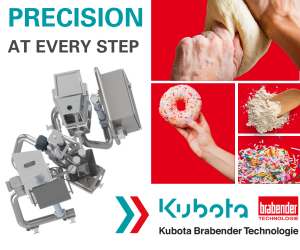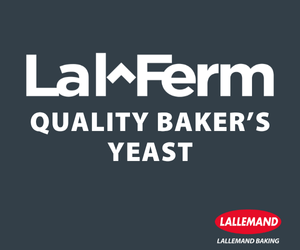CHICAGO — Technology is constantly evolving, with consumer expectations and compliance standards fluctuating in tandem. These changes are major industry disruptors and can be tricky for manufacturers to navigate in terms of product identification.
In the Emerging Brands Central area of Pack Expo 2024, Deepika Devarajan, VP of product management at Matthews Marking System, covered these key influences on product identification and outlined what opportunities lie ahead in this area.
Devarajan defined product identification as quite literally assigning a unique identifier to a product, which can range from a stamp to a Radio Frequency Identification (RFID) chip.










